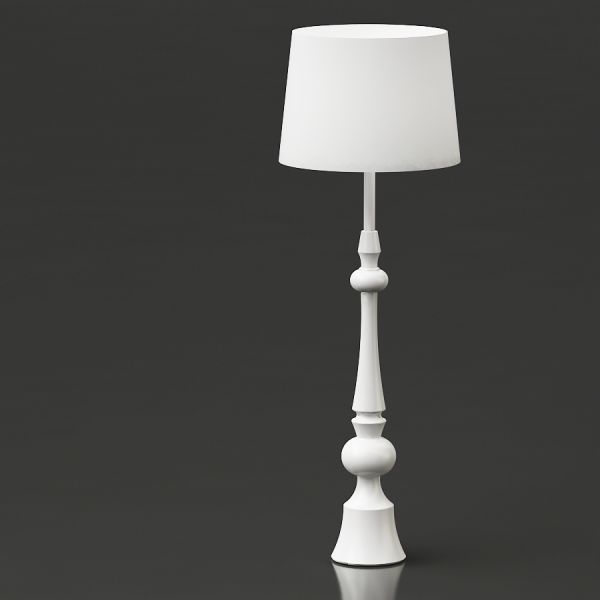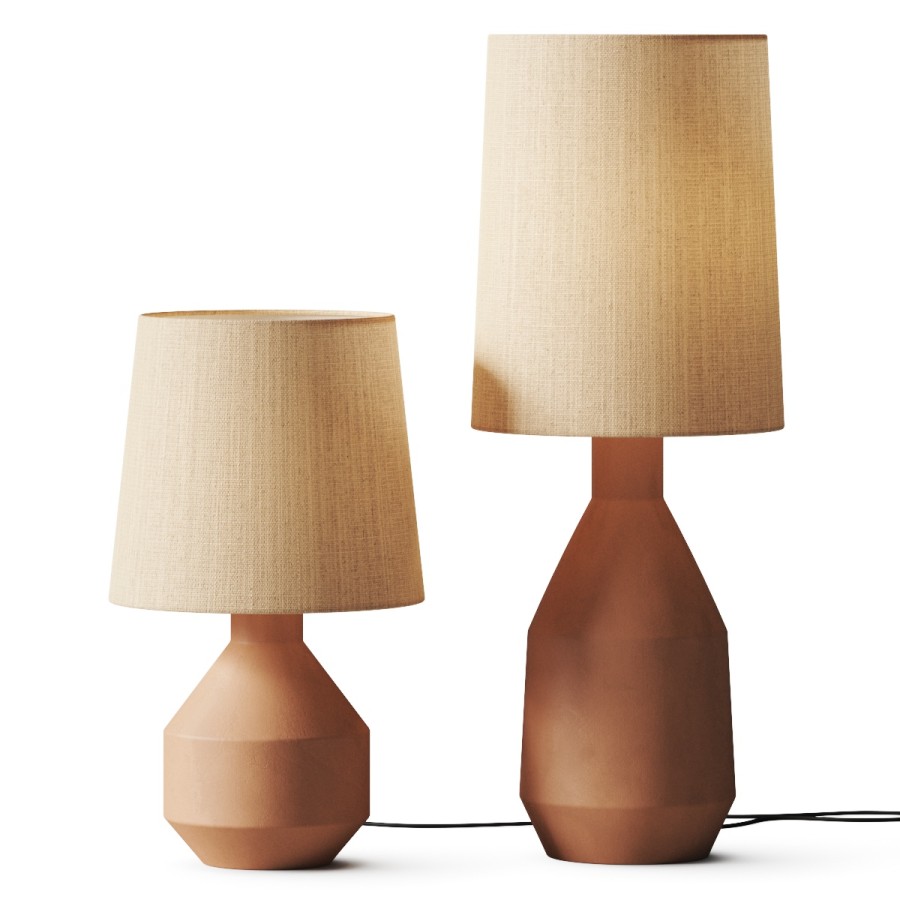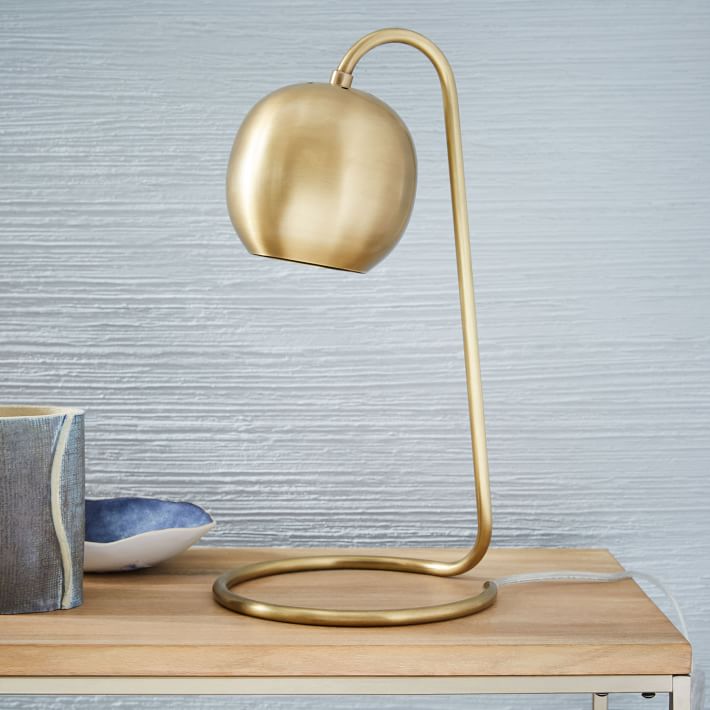The right lighting can transform a space, adding warmth, focus, and style. West Elm lamps are known for their modern designs and quality craftsmanship, making them a great choice for enhancing any interior. This guide will help you effectively incorporate a West Elm lamp into your interior design, ensuring that it complements your decor and meets your lighting needs.
Choosing the Right Lamp
Assessing Your Needs
Before selecting a West Elm lamp, consider what you need from it. Are you looking for ambient lighting, task lighting, or accent lighting? Ambient lighting provides overall illumination, task lighting focuses on specific areas like reading nooks, and accent lighting highlights particular features or decorations. Understanding your lighting needs helps narrow down your options. By assessing your requirements, you can choose a lamp that not only enhances your space but also serves a practical function. This step is crucial for ensuring the lamp meets both your aesthetic and functional needs.
Matching Your Style
West Elm offers a range of lamp styles, from mid-century modern to contemporary and industrial. When choosing a lamp, consider your existing decor and color scheme. A lamp should complement your furniture, wall colors, and other accessories. For a cohesive look, opt for a lamp that matches or enhances your current design style. Matching your style ensures the lamp seamlessly integrates into your space without clashing with other elements. It’s essential to choose a design that reflects your personal taste while maintaining harmony in your interior.

Placement and Positioning
Living Room
In the living room, a West Elm lamp can serve as a focal point or a functional lighting source. Place a floor lamp next to a sofa or armchair to create a cozy reading nook. Alternatively, use a table lamp on a side table to provide ambient lighting and add a decorative element. Proper placement enhances the room’s functionality and aesthetic appeal. The right positioning ensures optimal light distribution and creates a balanced look. By thoughtfully placing the lamp, you can elevate the atmosphere and utility of your living room.
Bedroom
In the bedroom, lighting creates a serene and relaxing environment. Use bedside table lamps for task lighting and add a floor lamp near a reading chair for ambient light. Matching lamps on either side of the bed create symmetry and add a polished look. Proper bedroom lighting supports relaxation and activities like reading. Strategic lamp placement enhances the room’s comfort and style. By integrating the lamp thoughtfully, you create a welcoming and restful retreat.
Creating Layered Lighting
Combining Light Sources
Layered lighting involves using multiple light sources to create a well-lit and dynamic space. Combine your West Elm lamp with other lighting fixtures such as ceiling lights, wall sconces, and floor lamps. This approach ensures balanced illumination and reduces harsh shadows. Layered lighting accommodates various activities and moods. Combining different light sources adds depth and dimension to your room. By using layered lighting, you enhance the overall ambiance and functionality of the space.
Adjusting Brightness
Consider the lamp’s brightness and adjust it to suit different times of the day and activities. Use dimmer switches for adjustable lighting or choose lamps with different brightness settings. This flexibility allows you to control the ambiance and create a comfortable environment. Adjusting brightness helps to cater to different needs, from bright lighting for activities to soft lighting for relaxation. By managing the brightness, you optimize the lighting to match your preferences and activities.

Incorporating Color and Texture
Coordinating Colors
West Elm lamps come in various colors and finishes. Choose a lamp color that complements your room’s palette. Consider the lamp’s base, shade, and any visible cords. Coordinating colors create a cohesive look and enhance the room’s aesthetic appeal. Thoughtful color coordination ensures the lamp blends seamlessly with other elements. By selecting complementary colors, you achieve a harmonious and visually pleasing design.
Adding Texture
Lamps can add texture to a room, enhancing its visual interest. Choose finishes like brushed metal, ceramic, or wood that complement your decor. A textured lamp base or shade can introduce additional layers of aesthetic appeal. Texture adds depth and richness to a space. Incorporating varied textures creates a more engaging and dynamic environment. By integrating texture, you add a tactile and visual element that enriches the room’s overall design.
Highlighting Architectural Features
Focusing on Specific Areas
Use your West Elm lamp to highlight architectural features like built-in shelving, alcoves, or artwork. Directing light toward these features draws attention to them and enhances their prominence. Task lighting can focus on workspaces or reading areas, making them more functional. Highlighting specific areas emphasizes the room’s unique elements. Proper lighting accentuates the architecture and improves functionality. By directing light strategically, you showcase your room’s best features.
Enhancing Space
The right lamp can make a room feel more spacious and inviting. Use floor lamps in corners to spread light evenly and eliminate dark spots. Table lamps on shelves or side tables can add light to hard-to-reach areas. Enhancing space through lighting improves the room’s overall feeling. Properly placed lamps ensure a balanced and inviting atmosphere. By using light effectively, you enhance the comfort and appeal of your space.

Balancing Function and Aesthetics
Practical Considerations
While aesthetics are important, don’t overlook practical aspects. Ensure the lamp provides adequate light for your needs. Consider the lamp’s height, reach, and adjustability. For reading or task lighting, choose lamps with adjustable arms or heads. Practical considerations ensure the lamp meets functional needs. A well-chosen lamp combines beauty and functionality. By keeping practical factors in mind, you ensure both style and utility.
Aesthetic Appeal
A West Elm lamp can serve as a statement piece. Select a design that resonates with you and reflects your personal style. Consider unique shapes, bold colors, or intricate details. Aesthetic appeal influences the room’s overall ambiance. A statement lamp can become a conversation piece. By choosing a lamp with strong visual appeal, you enhance the room’s character and charm.
Maintenance and Longevity
Cleaning and Care
Proper maintenance ensures your West Elm lamp remains beautiful and functional. Regularly dust the lamp base and shade. Use gentle cleaning solutions for stubborn dirt. Follow the manufacturer’s care instructions for best results. Cleaning and care preserve the lamp’s appearance and functionality. Regular upkeep extends the lamp’s lifespan. By maintaining your lamp, you ensure it continues to enhance your space for years.
Sustainable Choices
Consider the environmental impact of your lighting choices. West Elm offers lamps made from sustainable materials. Opt for energy-efficient bulbs to reduce energy consumption. Sustainable choices benefit the environment and lower your energy costs. Making eco-friendly decisions supports responsible living. By choosing sustainable options, you contribute to a healthier planet.
Conclusion
Recap of Key Points
Incorporating a West Elm lamp into your interior design involves several key steps. Start by assessing your lighting needs and matching the lamp’s style to your decor. Proper placement and positioning enhance functionality and aesthetics. Creating layered lighting adds depth and dimension, while coordinating colors and textures enrich visual appeal. Using the lamp to highlight architectural features showcases your room’s best elements. Balancing function and aesthetics ensures the lamp meets your needs and enhances the room’s style. Proper maintenance and making sustainable choices ensures longevity and environmental responsibility.
Final Thoughts
A well-chosen West Elm lamp can transform your space, adding warmth, focus, and style. By following this guide, you can effectively incorporate a West Elm lamp into your interior design. Thoughtful selection, placement, and maintenance maximize the lamp’s impact and ensure a cohesive, stylish, and functional space. With the right approach, your West Elm lamp can become a cherished feature of your home, enhancing both beauty and utility.
